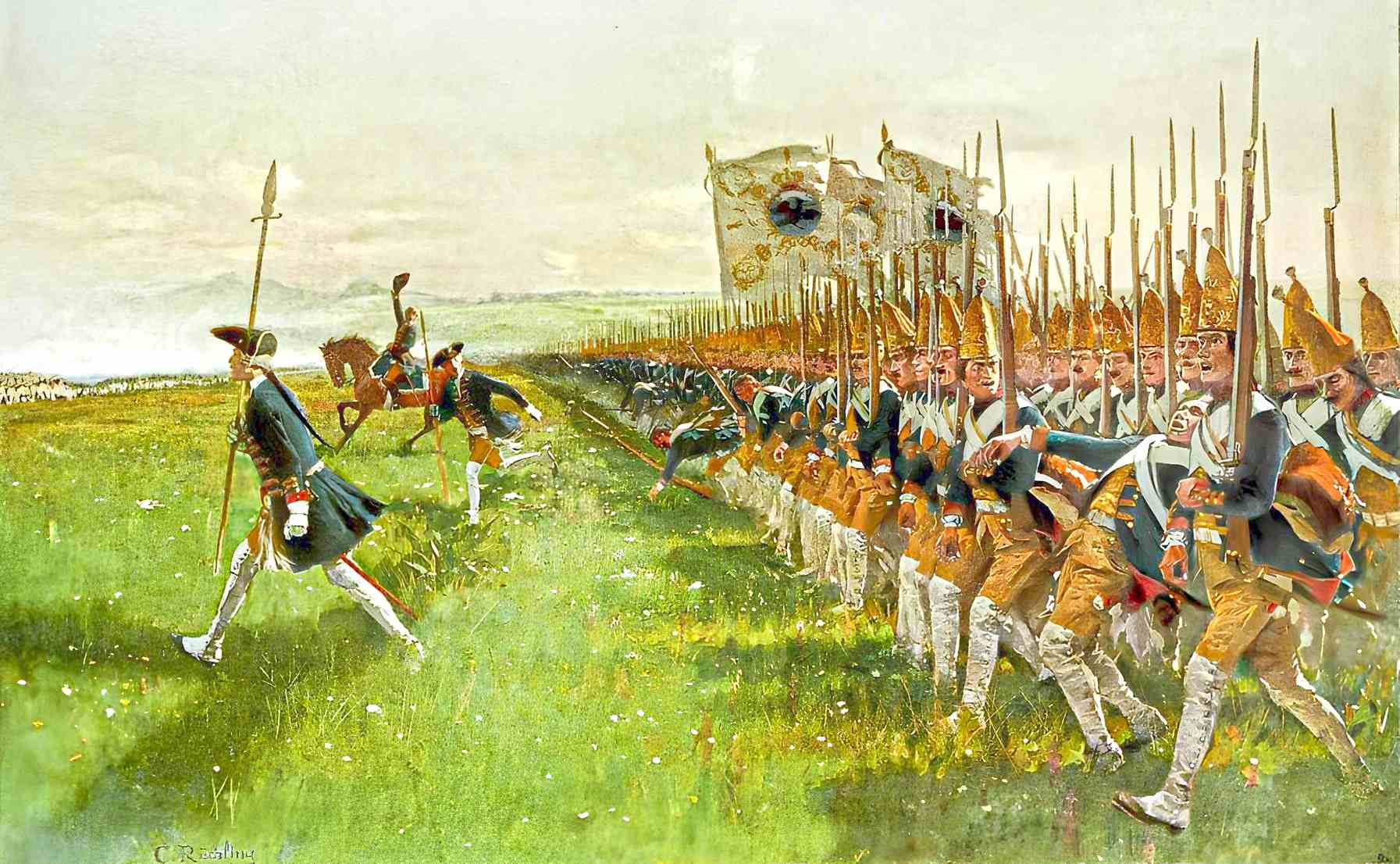Potsdam Giants: Breeding Extremely Tall Humans for Battle
"I'm not interested in the most beautiful girl or woman in the world, but tall soldiers are my weakness," the king reportedly told the French envoy.

"I'm not interested in the most beautiful girl or woman in the world, but tall soldiers are my weakness," the king reportedly told the French envoy.

